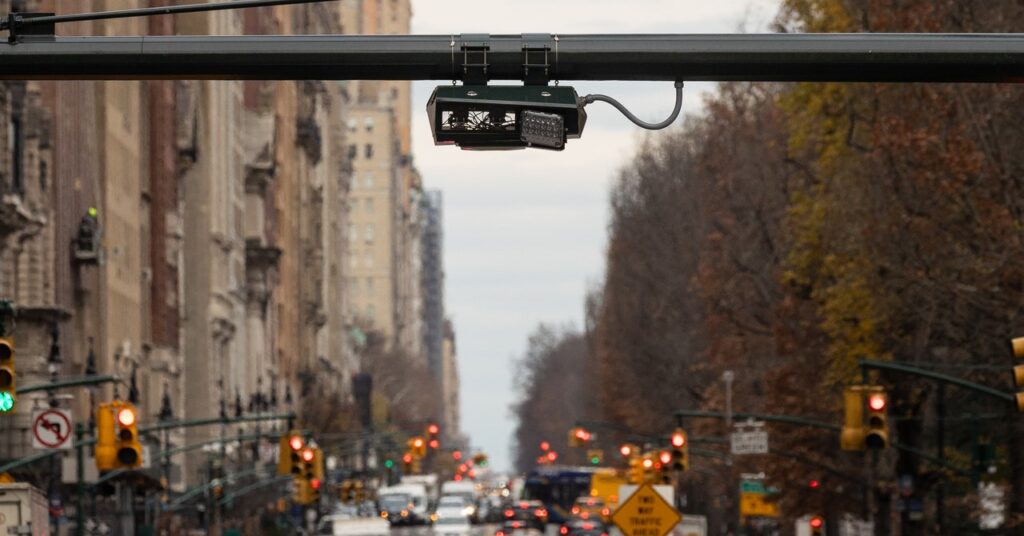While people place signs in their lawns or bumper stickers on their cars to inform people of their views and potentially to influence those around them, the ACLU’s Stanley says it is intended for “human-scale visibility,” not that of machines. “Perhaps they want to express themselves in their communities, to their neighbors, but they don’t necessarily want to be logged into a nationwide database that’s accessible to police authorities,” Stanley says.
Weist says the system, at the very least, should be able to filter out images that do not contain license plate data and not make mistakes. “Any number of times is too many times, especially when it’s finding stuff like what people are wearing or lawn signs,” Weist says.
“License plate recognition (LPR) technology supports public safety and community services, from helping to find abducted children and stolen vehicles to automating toll collection and lowering insurance premiums by mitigating insurance fraud,” Jeremiah Wheeler, the president of DRN, says in a statement.
Weist believes that, given the relatively small number of images showing bumper stickers compared to the large number of vehicles with them, Motorola Solutions may be attempting to filter out images containing bumper stickers or other text.
Wheeler did not respond to WIRED’s questions about whether there are limits on what can be searched in license plate databases, why images of homes with lawn signs but no vehicles in sight appeared in search results, or if filters are used to reduce such images.
“DRNsights complies with all applicable laws and regulations,” Wheeler says. “The DRNsights tool allows authorized parties to access license plate information and associated vehicle information that is captured in public locations and visible to all. Access is restricted to customers with certain permissible purposes under the law, and those in breach have their access revoked.”
AI Everywhere
License-plate-recognition systems have flourished in recent years as cameras have become smaller and machine-learning algorithms have improved. These systems, such as DRN and rival Flock, mark part of a change in the way people are surveilled as they move around cities and neighborhoods.
Increasingly, CCTV cameras are being equipped with AI to monitor people’s movements and even detect their emotions. The systems have the potential to alert officials, who may not be able to constantly monitor CCTV footage, to real-world events. However, whether license plate recognition can reduce crime has been questioned.
“When government or private companies promote license plate readers, they make it sound like the technology is only looking for lawbreakers or people suspected of stealing a car or involved in an amber alert, but that’s just not how the technology works,” says Dave Maass, the director of investigations at civil liberties group the Electronic Frontier Foundation. “The technology collects everyone’s data and stores that data often for immense periods of time.”
Over time, the technology may become more capable, too. Maass, who has long researched license-plate-recognition systems, says companies are now trying to do “vehicle fingerprinting,” where they determine the make, model, and year of the vehicle based on its shape and also determine if there’s damage to the vehicle. DRN’s product pages say one upcoming update will allow insurance companies to see if a car is being used for ride-sharing.
“The way that the country is set up was to protect citizens from government overreach, but there’s not a lot put in place to protect us from private actors who are engaged in business meant to make money,” Nicole McConlogue, an associate professor of law at the Mitchell Hamline School of Law, who has researched license-plate-surveillance systems and their potential for discrimination.
“The volume that they’re able to do this in is what makes it really troubling,” McConlogue says of vehicles moving around streets collecting images. “When you do that, you’re carrying the incentives of the people that are collecting the data. But also, in the United States, you’re carrying with it the legacy of segregation and redlining, because that left a mark on the composition of neighborhoods.”

